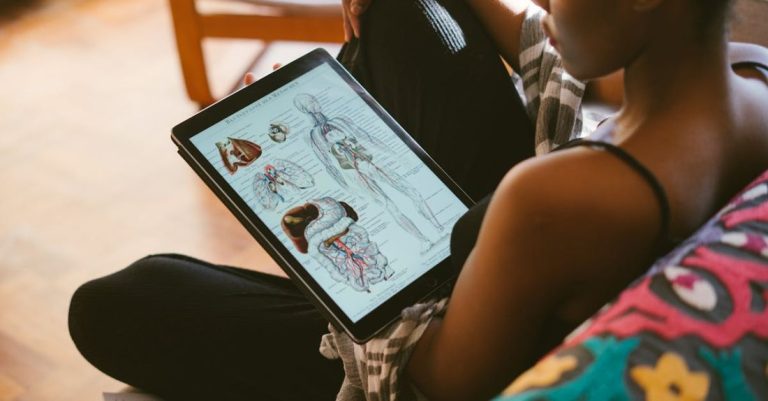
3D tissue models have revolutionized the field of disease studies, offering a more physiologically relevant environment for researchers to mimic human tissues and organs in vitro. These models provide a platform for studying disease mechanisms, drug responses, and personalized medicine. Implementing 3D tissue models in research can be a complex process, but with the right techniques and strategies, it can yield valuable insights that can advance our understanding of various diseases and improve patient outcomes.
Creating a 3D tissue model involves recreating the complex architecture and cellular interactions found in human tissues. This requires careful consideration of the cell types, extracellular matrix components, and culture conditions to mimic the in vivo environment as closely as possible. Here are some key steps to successfully implement 3D tissue models for disease studies:
Choosing the Right Cell Source:
The first step in creating a 3D tissue model is selecting the appropriate cell source. Depending on the tissue or organ being studied, researchers can use primary cells directly isolated from human or animal tissues or cell lines that have been immortalized for continuous culture. It is essential to consider the origin, phenotype, and functionality of the cells to ensure that they accurately represent the tissue of interest.
Optimizing Scaffold Materials:
Scaffold materials play a crucial role in supporting cell growth and organization in 3D tissue models. Natural materials such as collagen, fibrin, and Matrigel or synthetic polymers like polyethylene glycol (PEG) and polylactic-co-glycolic acid (PLGA) can be used to create scaffolds with specific mechanical properties and degradation rates. The choice of scaffold material should be tailored to the tissue being modeled to provide the necessary structural support and biochemical cues for cell behavior.
Establishing Physiologically Relevant Culture Conditions:
Maintaining physiological conditions in 3D tissue models is essential for cell viability, function, and differentiation. This includes optimizing parameters such as oxygen tension, pH, nutrient availability, and mechanical forces to mimic the in vivo microenvironment. Bioreactors and microfluidic systems can be used to control these parameters and provide dynamic culture conditions that better simulate the physiological conditions of living tissues.
Incorporating Multiple Cell Types:
Many tissues and organs in the body consist of multiple cell types that work together to perform specific functions. To replicate this complexity in 3D tissue models, researchers can co-culture different cell types within the same scaffold to mimic the cellular interactions and cross-talk that occur in vivo. By incorporating multiple cell types, researchers can study disease processes that involve complex cellular interactions, such as cancer progression or immune responses.
Integrating Disease-Relevant Features:
To study specific diseases or pathophysiological conditions, researchers can incorporate disease-relevant features into 3D tissue models. This can include genetic mutations, inflammatory stimuli, or biochemical cues that mimic the diseased tissue microenvironment. By introducing these features, researchers can investigate disease mechanisms, test potential therapeutics, and develop personalized treatment strategies for patients with specific conditions.
Evaluating Model Performance:
Once a 3D tissue model has been established, it is essential to evaluate its performance and relevance for disease studies. This can involve assessing cell viability, functionality, morphology, and gene expression profiles to ensure that the model accurately recapitulates the characteristics of the tissue or organ being studied. Researchers can also validate the model by comparing its responses to known drugs or disease triggers to confirm its utility for future studies.
Advancing Disease Research with 3D Models:
By implementing 3D tissue models in disease studies, researchers can gain valuable insights into disease mechanisms, drug responses, and patient-specific treatments. These models offer a more physiologically relevant platform for studying diseases in vitro and have the potential to revolutionize the way we approach disease research and drug development in the future. With continued advancements in tissue engineering and biofabrication technologies, 3D tissue models are poised to play a significant role in advancing our understanding of human health and disease.





